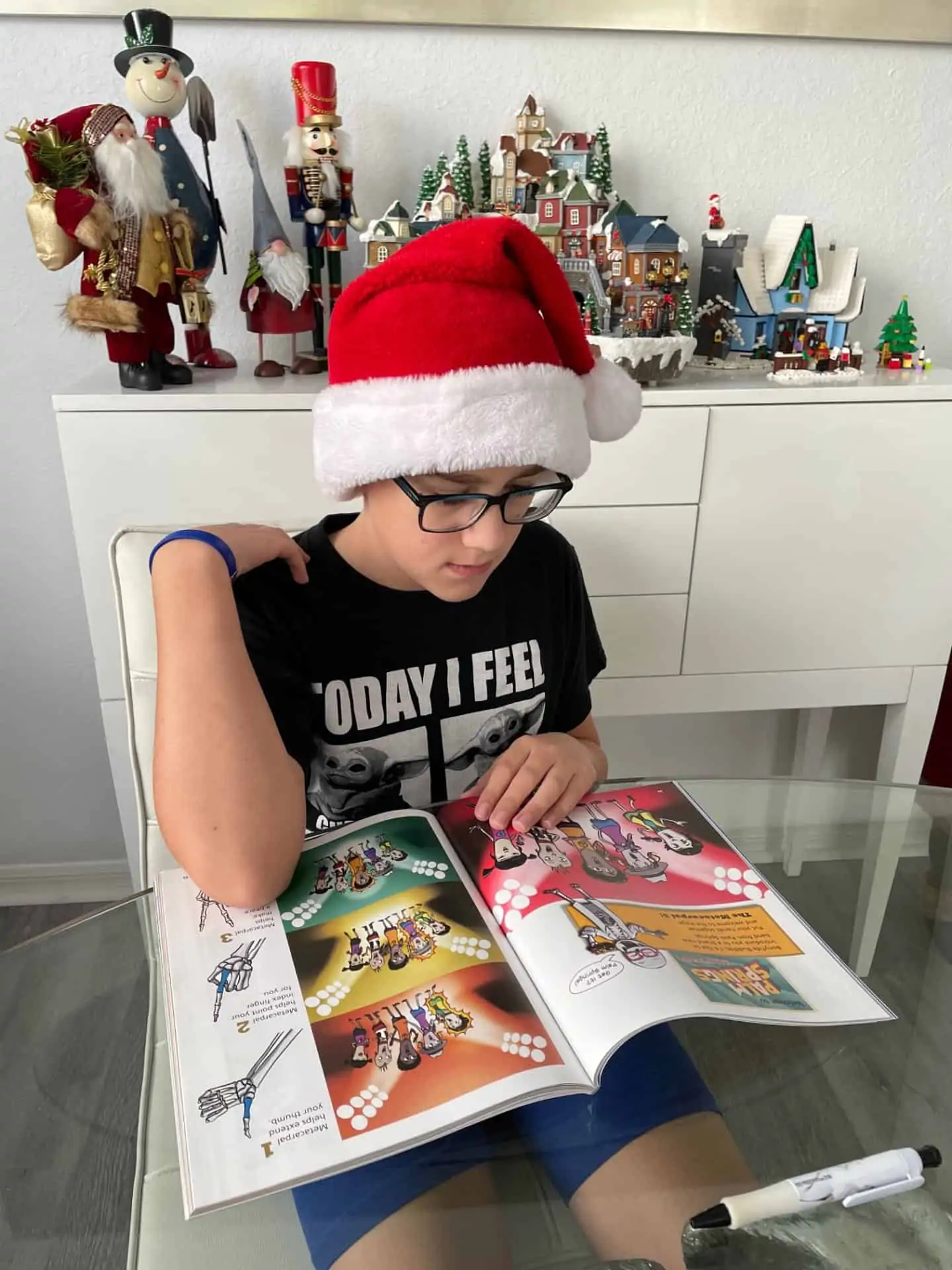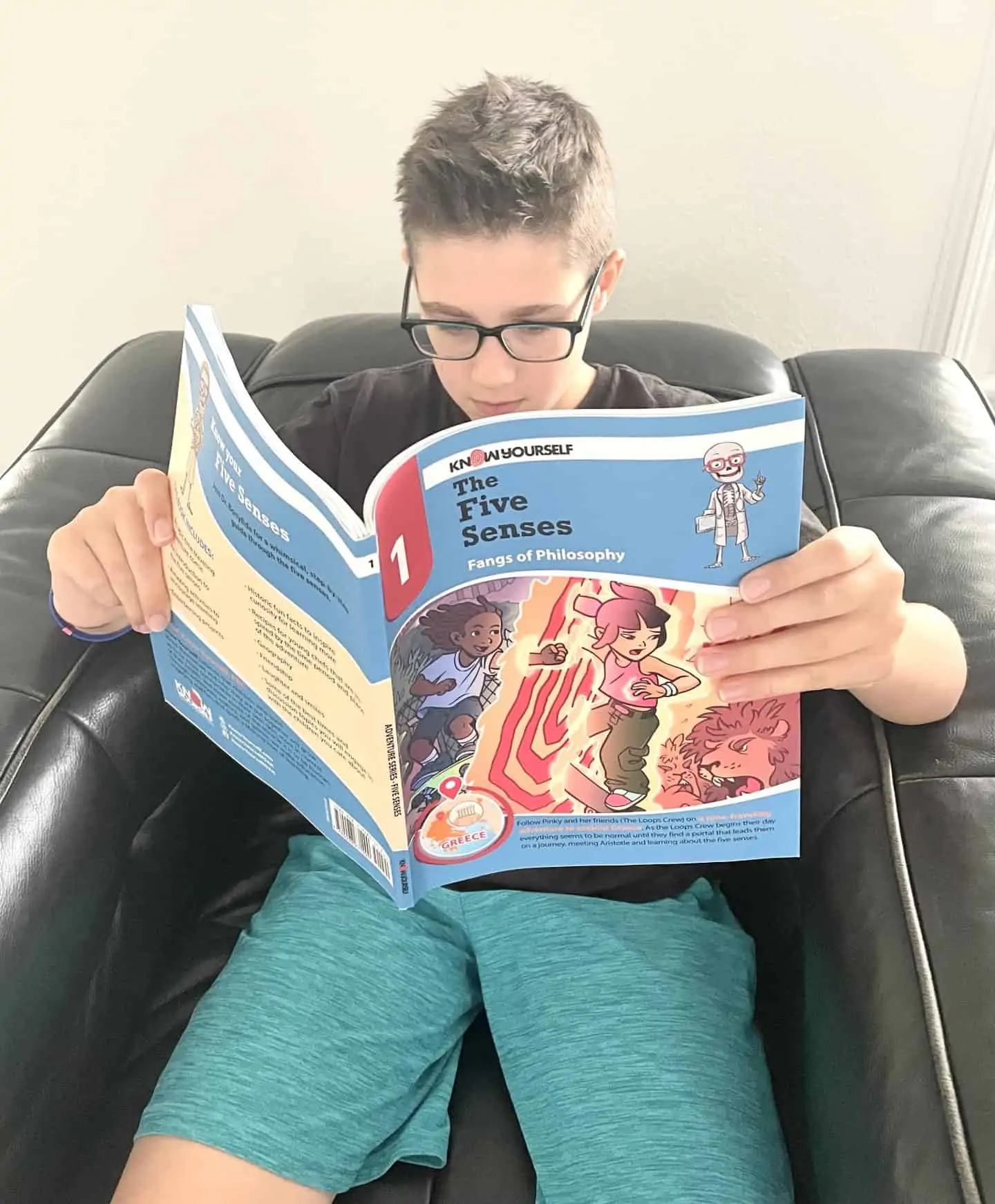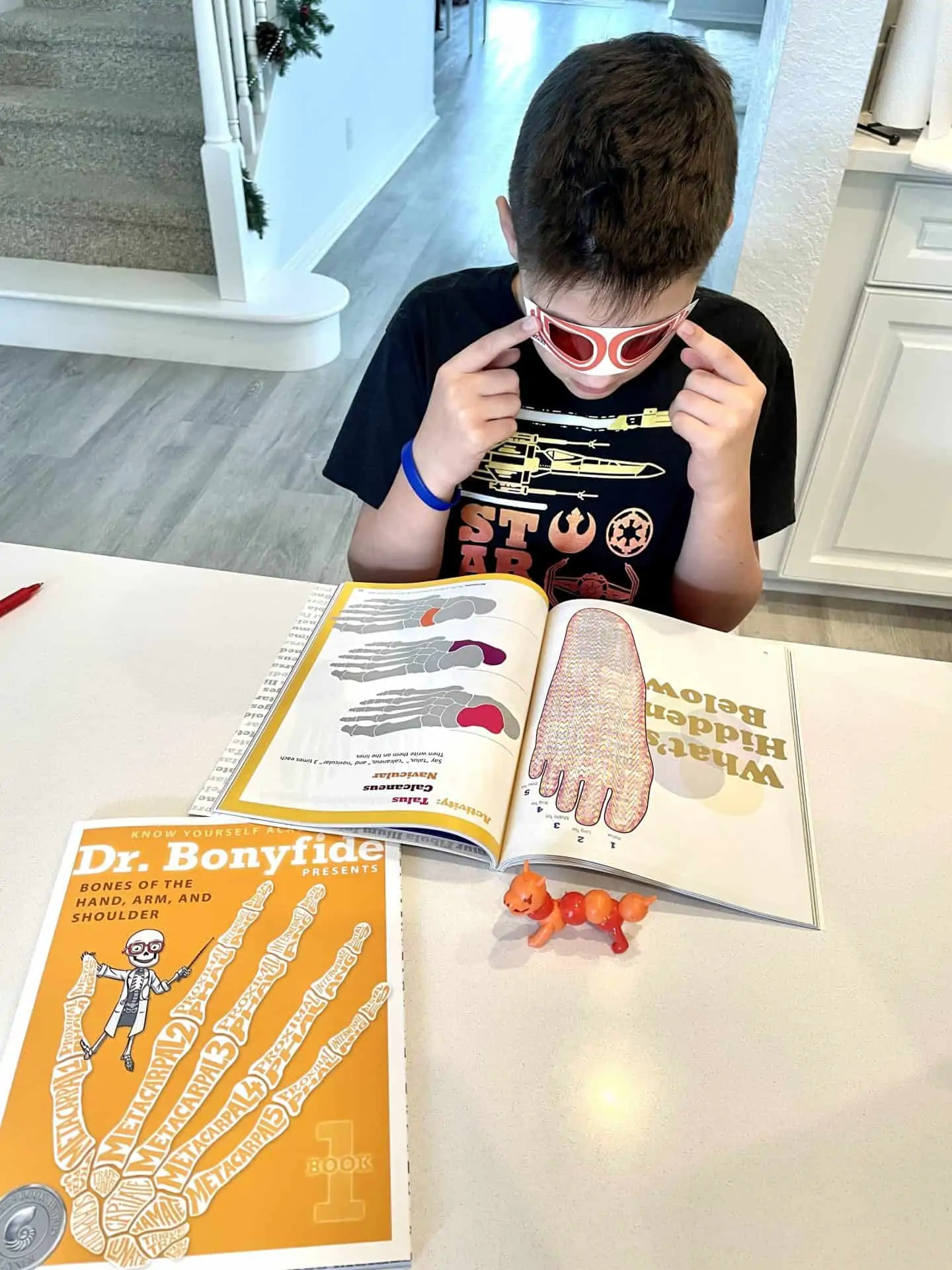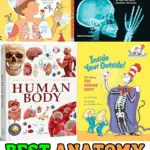Best Anatomy Books for Kids Sorted by Age
Anatomy books for kids have been a huge hit in our home, especially once my son started asking questions like, “Where does my food go?” or “How do my bones move?”
We’ve explored a wide range of human body books over the years—from simple lift-the-flap ones to detailed guides that even taught me something new.
Some were quick reads, while others sparked hours of curious questions and follow-up activities.
Below are the anatomy books that stood out the most—engaging, age-appropriate, and perfect for helping kids understand how their amazing bodies work.

**This post may contain affiliate links. As an Amazon Associate and a participant in other affiliate programs, I earn a commission on qualifying purchases.**
Best Anatomy Books for Kids by Age Group
Whether you’re introducing basic body parts or diving into systems and functions, these anatomy books are grouped by age to help you find the right fit for your child’s level and curiosity.
Preschool and Kindergarten (Ages 3–5)
Look Inside Your Body by Louie Stowell
This lift-the-flap board book has been a big hit in our home. With over 100 flaps to explore, it’s simple enough for toddlers but still manages to explain how things like digestion and circulation work in a way they can grasp.
The Human Body by Stephanie Babin
A great first introduction to anatomy. It’s bright, chunky, and interactive with pull-tabs and layered illustrations—perfect for curious preschoolers who like hands-on learning.
X-Ray Me! by Felicitas Horstschafer
More of a novelty, but kids love pretending they can see inside themselves. Hold it up to your body and it shows where the organs would be—clever and engaging, even if it’s light on actual facts.
Elementary (Ages 6–9)
The Human Body: Lift-the-Flap Book by Usborne
This one really encourages curiosity. Each flap reveals a part of the body system, and the visuals help explain complex ideas in simple terms. We used this one alongside our early science lessons.
Inside Your Outside by Tish Rabe
Part of the Cat in the Hat Learning Library, it blends fun rhymes with real science. It’s especially great for kids who enjoy storybooks and are just starting to ask questions about how their bodies work.
My First Human Body Book by Donald M. Silver
A coloring book with solid learning value. My son enjoyed labeling parts while coloring the systems—perfect for a quiet activity that still reinforces anatomy basics.
Upper Elementary and Middle School (Ages 9–12)
Human Anatomy for Kids by Kristie Wagner
Designed for older kids ready for more detail. It explains the different systems clearly with diagrams and examples. Great for independent readers or as part of a science curriculum.
The Fantastic Body by Dr. Howard Bennett
This one blends humor with science. It’s packed with facts but written in a way that’s easy to follow and genuinely fun to read. Even I found myself learning things!
Human Body Encyclopedia by DK
This is the most in-depth on the list. With real images and detailed descriptions, it’s a fantastic reference book. I’d recommend it for kids who are genuinely fascinated by biology or who want to take a deep dive into body systems.
Want to Go Beyond the Books?
If your kids are eager to explore anatomy beyond the pages, these hands-on kits and activity books can bring the human body to life in a whole new way. We’ve used many of these alongside our reading—and they’ve been great for reinforcing key concepts through play and interaction.
Human Body Kits and Toys
Squishy Human Body Kit
This one comes with a guidebook and a clear plastic body filled with removable organs. My son loved taking everything apart and figuring out where it all fit. It’s surprisingly detailed for a toy and has been a great conversation starter.
Melissa & Doug Magnetic Human Body
This magnetic puzzle lets kids place bones and organs on a magnetic figure—simple, but great for spatial learning. It’s perfect for younger children who benefit from seeing and touching the body parts.
Interactive Talking Anatomy Poster
Press a body part and the poster talks! It covers body systems, organ functions, and even quizzes kids. Fun to hang in a learning area, and the audio aspect keeps it engaging without screens.
Activity-Based Books
Human Body Activity Book for Kids by Katie Stokes
Full of puzzles, mazes, and matching games that focus on major body systems. It’s designed for early elementary grades and has been an easy way to add variety to our anatomy lessons.
Human Anatomy Coloring Book by Margaret Matt
More advanced than the average coloring book, this one dives into detailed diagrams of the circulatory, muscular, and skeletal systems. Great for older kids who want to go deeper while staying creative.
Anatomy for Kids: Human Body Coloring Book
Simple and structured, this coloring book includes labeled diagrams that help kids remember the names and functions of different organs. It’s a great quiet-time option that still reinforces learning.
Montessori Busy Books and Felt Organ Kits
For younger kids, these tactile learning tools can be a big hit. Many include Velcro or magnetic pieces for placing organs on a body outline, helping little ones get familiar with the human body in a hands-on way.
Why We Love the Know Yourself Anatomy Series
The Know Yourself books have been a standout resource in our homeschool. My son (who’s now 12) genuinely enjoys reading them—and to be honest, I’ve learned quite a bit myself.
These books are part story, part workbook, and part comic adventure, which makes them especially appealing if your child isn’t into traditional textbooks.
We started with the Dr. Bonyfide series, which focuses on individual bone groups in a way that’s both memorable and funny. The jokes might be a little cheesy, but they’ve stuck—and that’s what matters.
After that, we moved on to the Systems of the Body Adventure series, which dives into things like the nervous system, digestion, and more, all wrapped in a graphic novel format.

Each book includes activities, vocabulary, and even a certificate of completion at the end—which has been a nice bonus for our homeschool records. I also appreciate how the material grows with the reader.
Some parts were a stretch at first, but that just sparked more questions and conversations.

If you’re looking for something structured but not dry, and fun without being too silly, Know Yourself hits the balance really well. You can buy the full 16-book bundle or choose from smaller sets, but either way, it’s been one of our best anatomy finds.

Free Printable Anatomy Worksheets for Kids
To go along with these books for kids, I’ve also created printable anatomy worksheets that help reinforce what they’re learning.
We’ve used these in our own homeschool to review body systems, build vocabulary, and give a hands-on element to anatomy without needing extra prep.
- body systems crossword puzzle
- skeletal system labeling worksheet
- endocrine system labeling worksheet
- label the muscular system worksheet
- nervous system labeling worksheet
- respiratory system labeling printable
- digestive system labeling worksheet
- circulatory system labeling worksheet
- body systems worksheets
- free body systems word search
- human body organs worksheet
These printables are a simple way to check understanding or just switch up your science routine. Whether your child prefers writing, labeling, or puzzles, there’s something here to support how they learn best.
Last Updated on 7 April 2025 by Clare Brown







